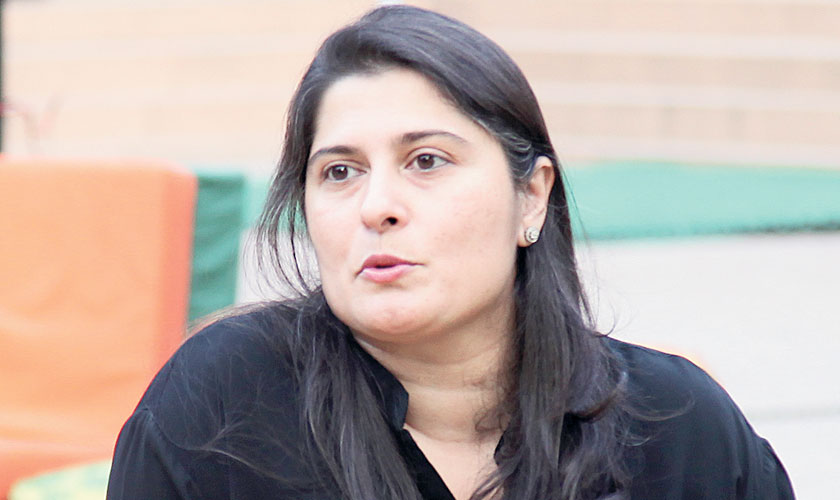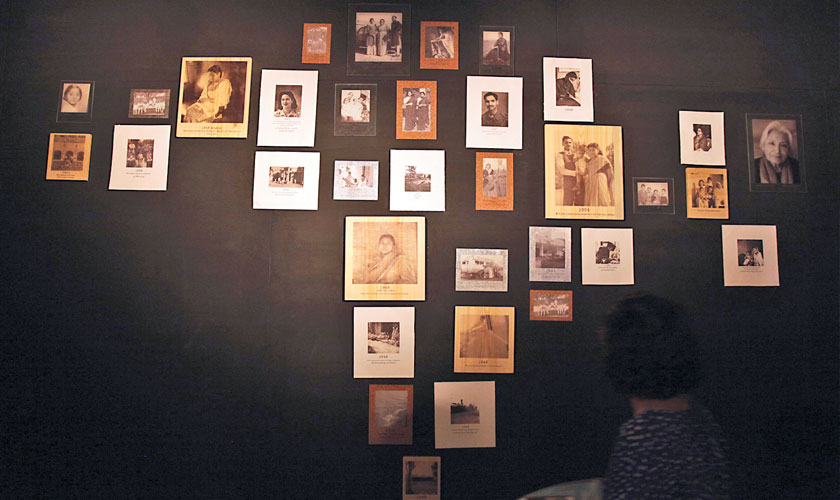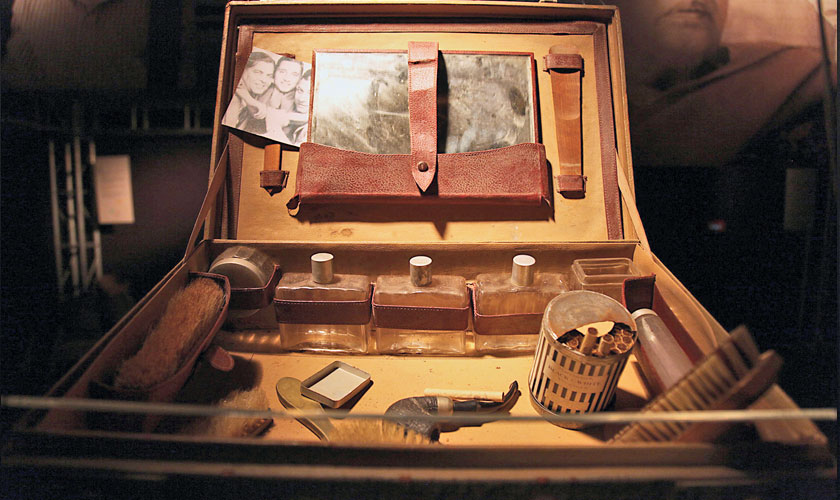Sharmeen Obaid-Chinoy is in the business of making tabooed topics a part of general discourse, bringing about difficult conversations and telling stories yet untold. She is best known for her two Oscar winning films; Saving Face - a film about acid attack survivors and A Girl in the River – a documentary about honour killing. Her latest work is more personal, an uncompromising look at lives changed by the mass migration in the subcontinent, titled HOME1947.
artIdeas
A human experience based installation titled Home1947 opened to the public at the Heritage Now Festival in Lahore.
Lahore: Sharmeen Obaid-Chinoy is in the business of making tabooed topics a part of general discourse, bringing about difficult conversations and telling stories yet untold. She is best known for her two Oscar winning films; Saving Face - a film about acid attack survivors and A Girl in the River – a documentary about honour killing. Her latest work is more personal, an uncompromising look at lives changed by the mass migration in the subcontinent, titled HOME1947. It opened to the public at Heritage Now this weekend, the project’s second outing since its Manchester International Festival viewing earlier in the year.

Sharmeen Obaid Chinoy
This is the filmmaker’s first immersive installation, examining the human cost of the sub-division of the Indian subcontinent - a process that began in 1947 but still resonates today. Chinoy hoped to show the audience, partition not through the words of historians and politicians but through the eyes of those who lived through it. It’s this mixture of nostalgia, grief and hurt she explored in HOME1947. “I wanted to create the feeling of home – that’s why it’s called HOME1947. It’s about the people who left their homes and what ‘homes’ they came to and what they remember. It’s very important in this day and age - when you have millions of displaced people - to talk not about the politics but about the brutality the people experienced. At the end of the day, it’s the people who have to live through that experience,” she told Instep at the opening. She seeks to put a human face on history and have people dwell on what it means to find and feel at home.

The display had a couple of parts to it - a collection of short films that explore the narratives of the migrants, suitcases from partition containing heirlooms and objects, a light and sound installation recreating the experience of the unfamiliar paths, oral histories, virtual reality showing the insides of a suburban home in the 1940’s and other material sharing the long-lost sights, sounds and smells of what millions once called home. In one of the oral histories, a woman remembers leaving her childhood friend, recalling how they would sit for hours under their favourite mango tree. In another, a woman remembers how her father came home one day and at 4’o clock told her mother that they had to leave their house immediately. Each one of the stories gave us goosebumps with their strong and intense sense of longing as a result of displacement.
“As you walk through it you hear the stories and you experience the feelings and you realize the sense of purpose those people had. You begin to realize the basis of formation of this country. I hope this installation of 1947 also helps people remember those people who came in 1947 and what hopes and expectations they had from Pakistan and what happened to them. Most importantly, I want people to come here and recognize that leaving your home requires a lot of courage and belief. No one is just going to get up and leave their home – that’s what you hear in the voices of all of the men and women in HOME1947,” Chinoy said reflecting on the installation.

Although, Chinoy shared that she’s been working on the installation for about a year it’s obviously a topic that has held her attention for more than a decade. In 2007, the film-maker also helped found the Citizens Archive of Pakistan to begin collecting oral histories of partition. “Everything is from the political point of view but nobody talks about the lives they left behind? The friendships they longed to rekindle, the mango trees under which they played – HOME1947 is my ode to that generation,” she said.
The installation was created with the support of the British Council as part of its programming to celebrate 70 years in Pakistan and co-commissioned by Manchester International Festival, British Council and Superslow Way. It will now be showed in Karachi at the Frere Hall on November 17th, 2017.